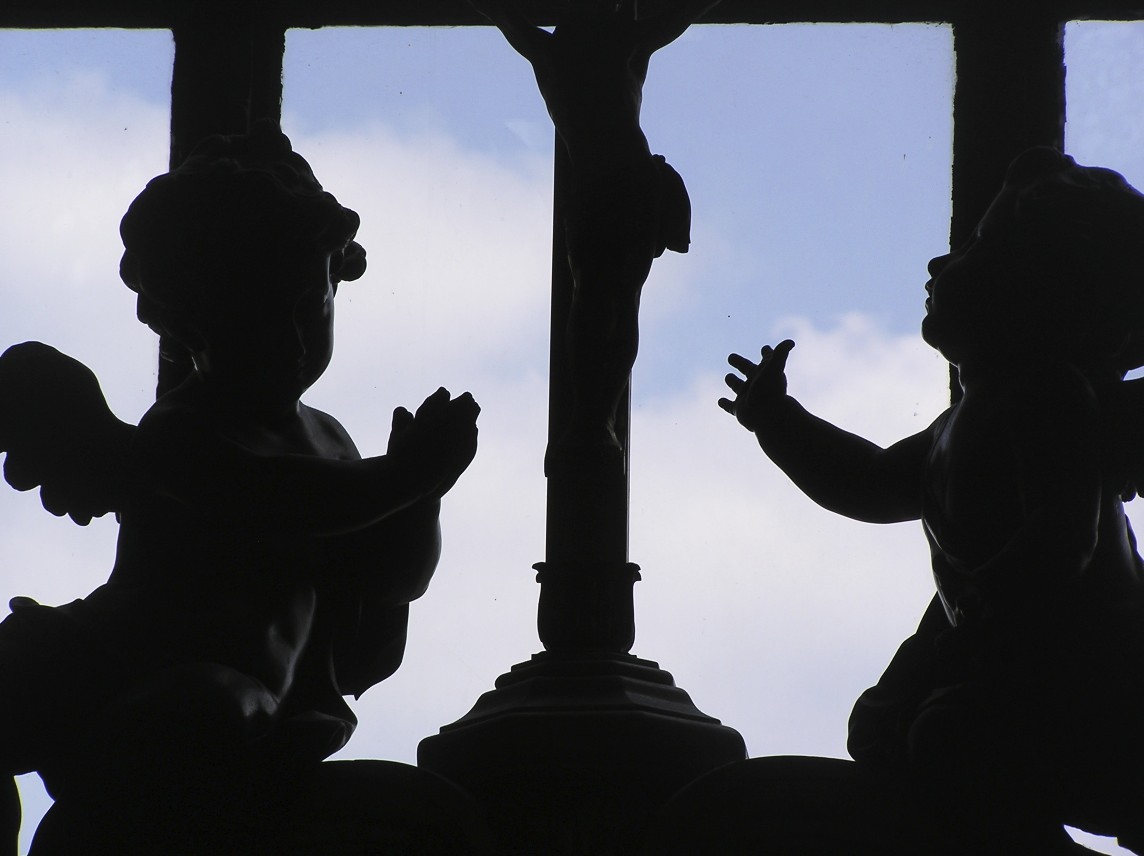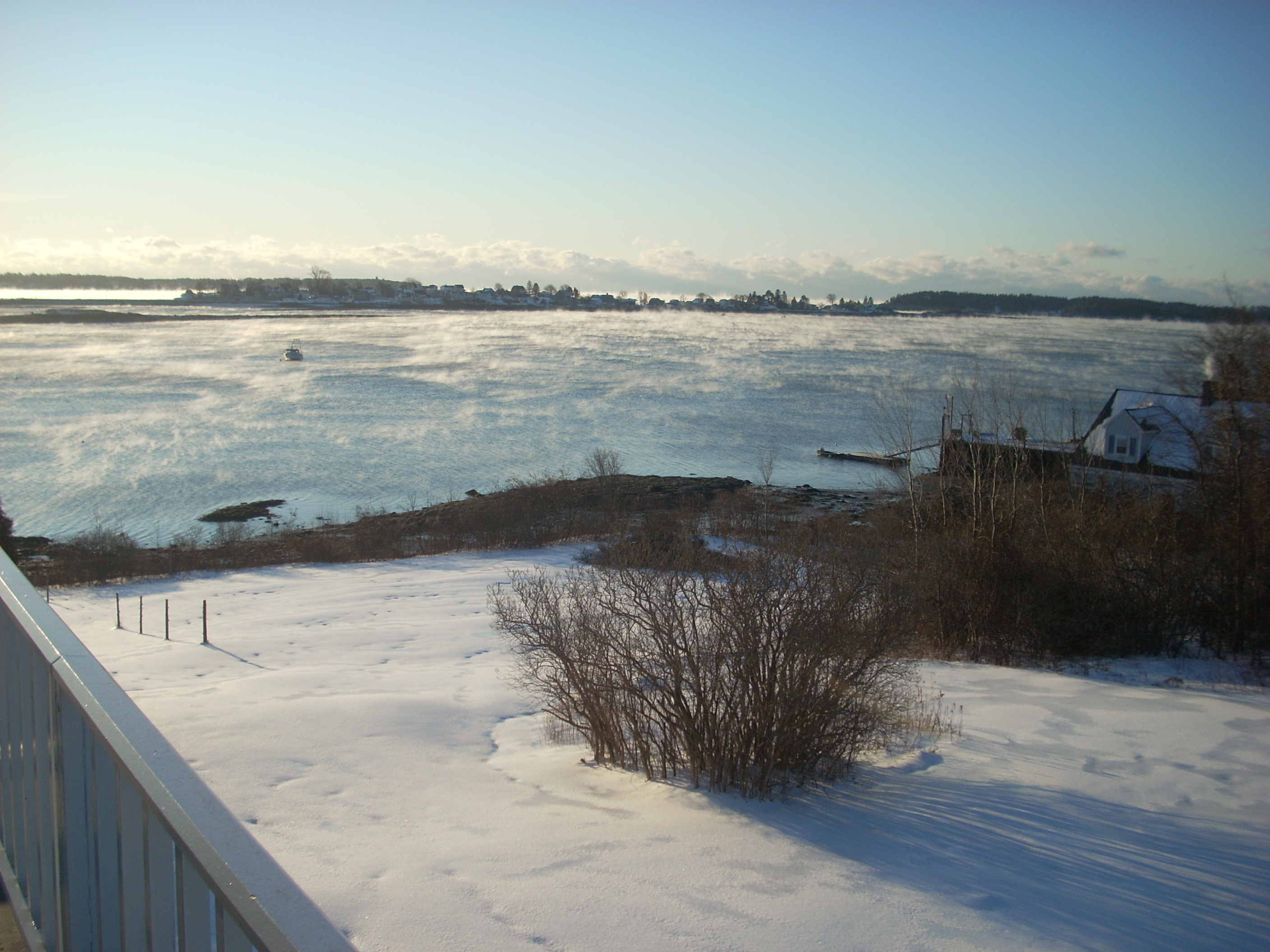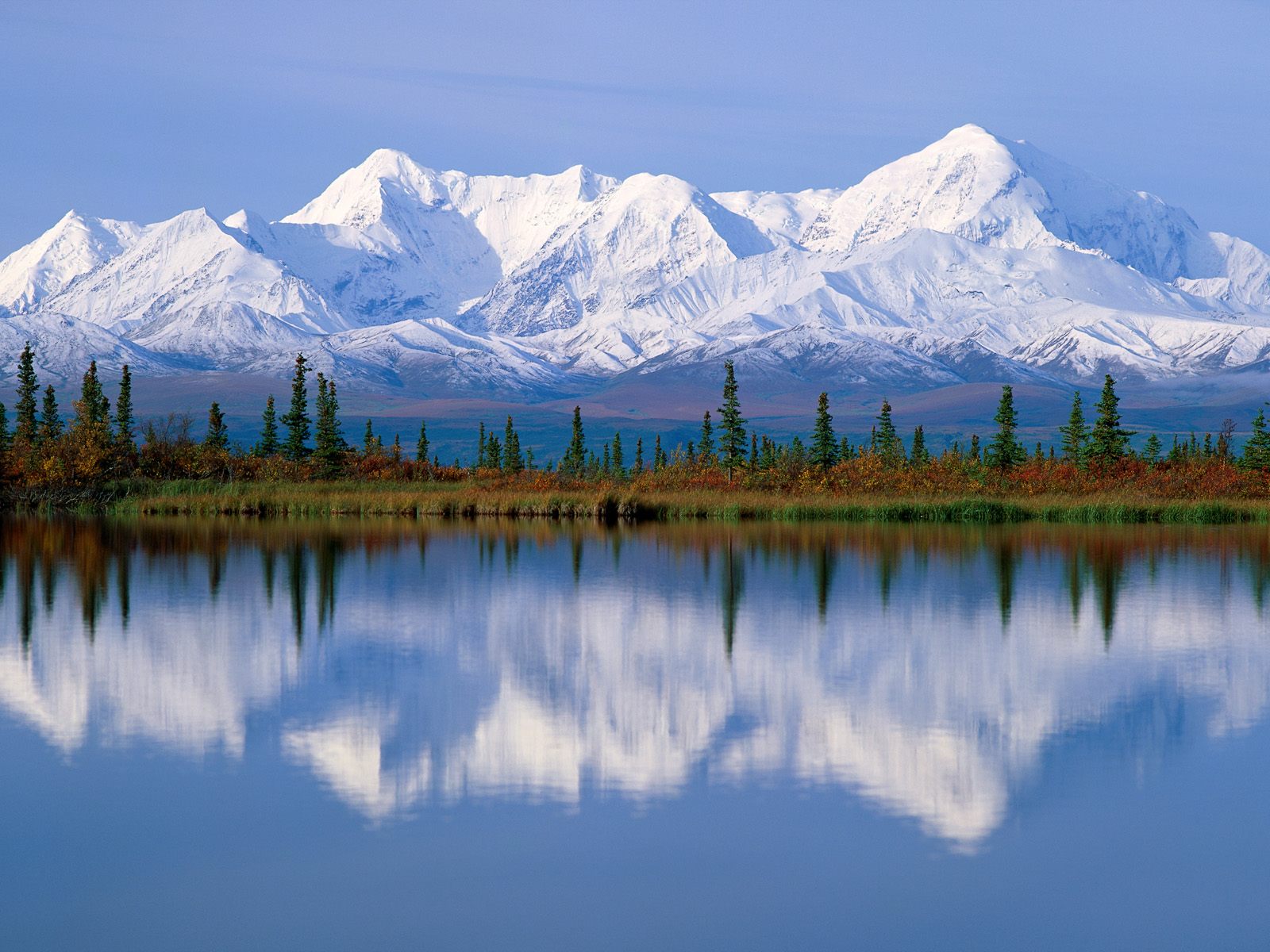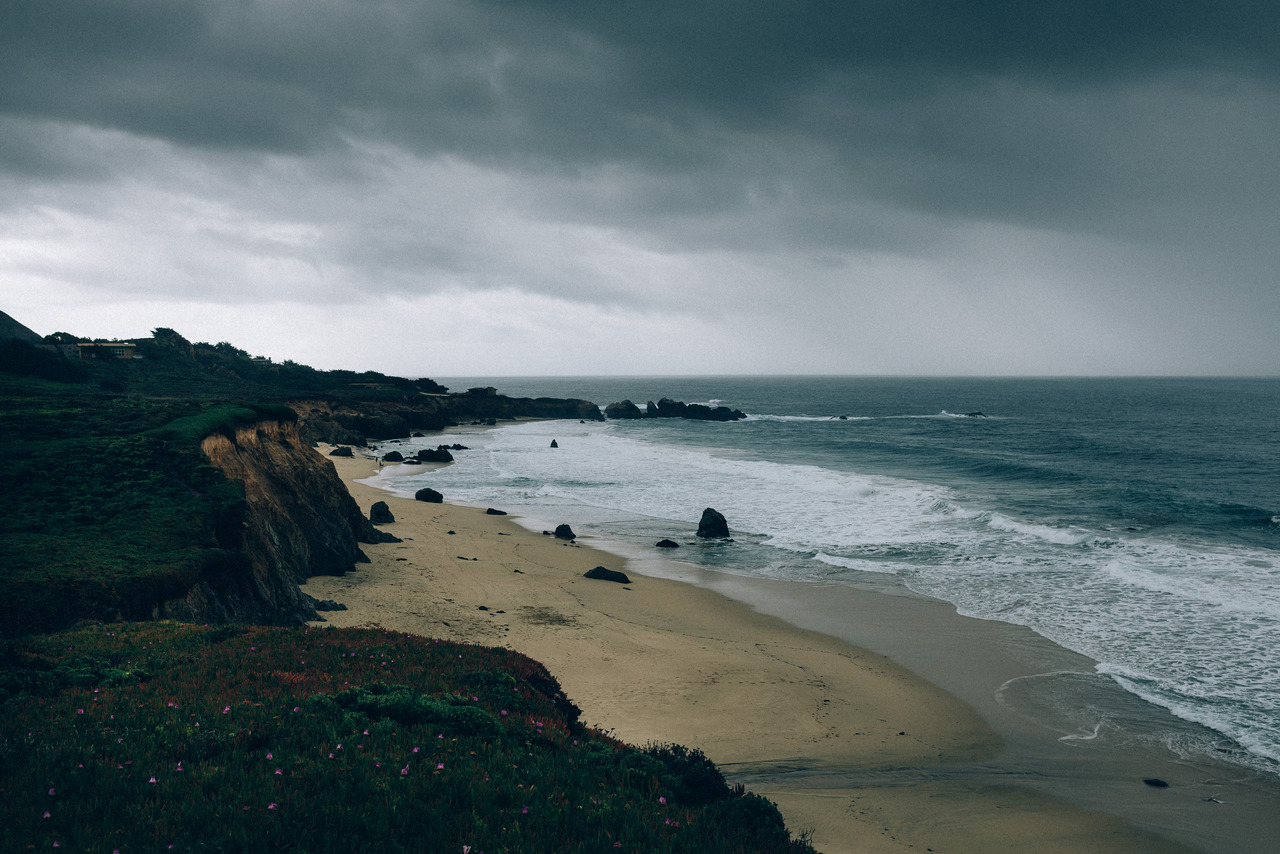
By Arthur C. Sandstrom
My contentment and increasing droopy-eyed drowsiness were suddenly shattered by the rhythmic, booming sound of long, flexible sticks slamming against the round, wooden rims of skin drums. I looked up from my seat to see Paul Iyapana standing in the front of the room, his brown, smile-creased face frozen in fierce concentration, stamping his walrus-hide, fur-trimmed mukluk-clad feet, moving his arms in sharply-choreographed gestures and spasmodically jerking his body back and forth. He uttered sharp, barking cries as he began to pay tribute to the success of the hunt. Beside him danced his wife, Molly, also mukluk-clad, raising her high, thin voice in keening counterpoint, swaying her arms and body more restrainedly.
Sitting on the floor behind them in a semi-circle were the four skin-drum percussionists—happy, perspiring, and a bit odoriferous– enthusiastically whipping sticks against their flat, hand-held drums made of seal gut stretched across circular frames. Packed into the overheated room behind us sat the rest of the villagers, watching and vicariously participating in the playing out of the hunt’s activity and conclusion.
I yawned hugely and smiled. It was only this morning -no, yesterday -well, whenever it was, that seemed to make no difference to anyone – that Paul, myself, and four members of his crew, were sitting silently in an oomiak – a wooden-framed, walrus skin-covered boat – at the end of the world, waiting for something to happen. We had left King Island Village, a small settlement just east of Nome, Alaska, early that May morning and made our way out onto the waters of the Bering Strait toward Sledge Island, a low island a mile and a half long lying around five miles from Nome. We rounded it and droned along its southern side for a short distance before Paul stopped the boat’s small outboard motor. In the sudden stillness we slowly and quietly paddled our way with small oars toward the island through the patchy fog and uncertain light toward a line of partially-beached ice floes.
A thin sheet of ice was slowly building on the sides of the boat as it dipped and rose in the milky-thick water, still turgid with ice spicules even this late in spring. I wondered how deep the water was; how many spider crabs might be crawling across the bottom, following their age old migration instincts, and whether this bottom we were paddling over was part of the ancient land bridge that had once connected Alaska and Siberia.
As familiar as I had become with the Arctic, I still found myself fascinated by this part of the world. In the depth of winter, it was a dark land of deep snow, iron-hard ice, and brutal wind that cut through clothing like driven nails. In the short summer, it was a land of 24-hour sunlight, frantically-growing flowers and grasses, and alive with mosquitoes, fish-filled rivers, and bears and caribou roaming the tundra. I didn’t know which season I liked best.
We finally reached the line of ice and Paul guided our boat inside the curve of a large floe. Now we waited with the boat nestled tightly against the ice to match its slow up and down motion. I tried to join my mind and body into the same patience and stoic outlook of the people with whom I now lived. Our intrusion into that half-lit world of ice, water and cold had been done as quietly as possible, yet that world itself gurgled, slurped and groaned in complete indifference to our efforts. The dampness was beginning to infiltrate my white-camouflaged parka, and the morning’s hot, heavily-sugared tea, without which no Eskimo seemed able to survive. We rounded it and droned along its southern side for a short distance before Paul stopped the boat’s small outboard motor. In the sudden stillness we slowly and quietly paddled our way with small oars toward the island through the patchy fog and uncertain light toward a line of partially-beached ice floes.
I again marveled at the unfailing optimism and acceptance of circumstances the Inupiat, or Inuit -the People – displayed. Each man sat motionless in his place; each anticipating face moving almost imperceptibly through a search pattern–near, far, and middle distance—honed by countless generations of the hunt. We were looking for the tell-tale bubbles rising through the water that meant that Oogruk, the bearded seal, was coming up.









